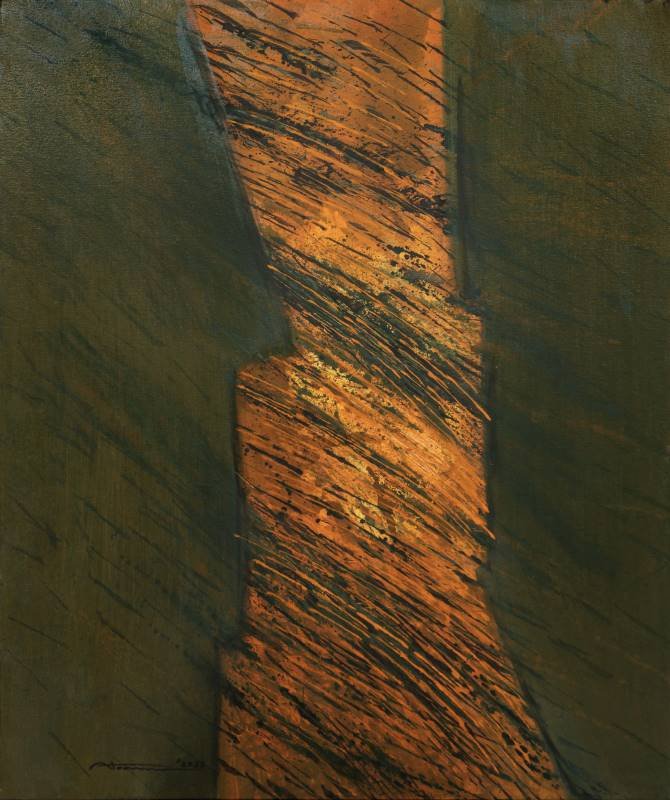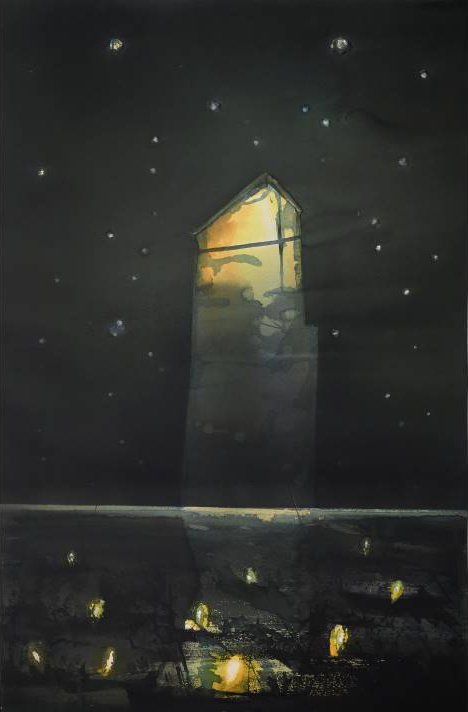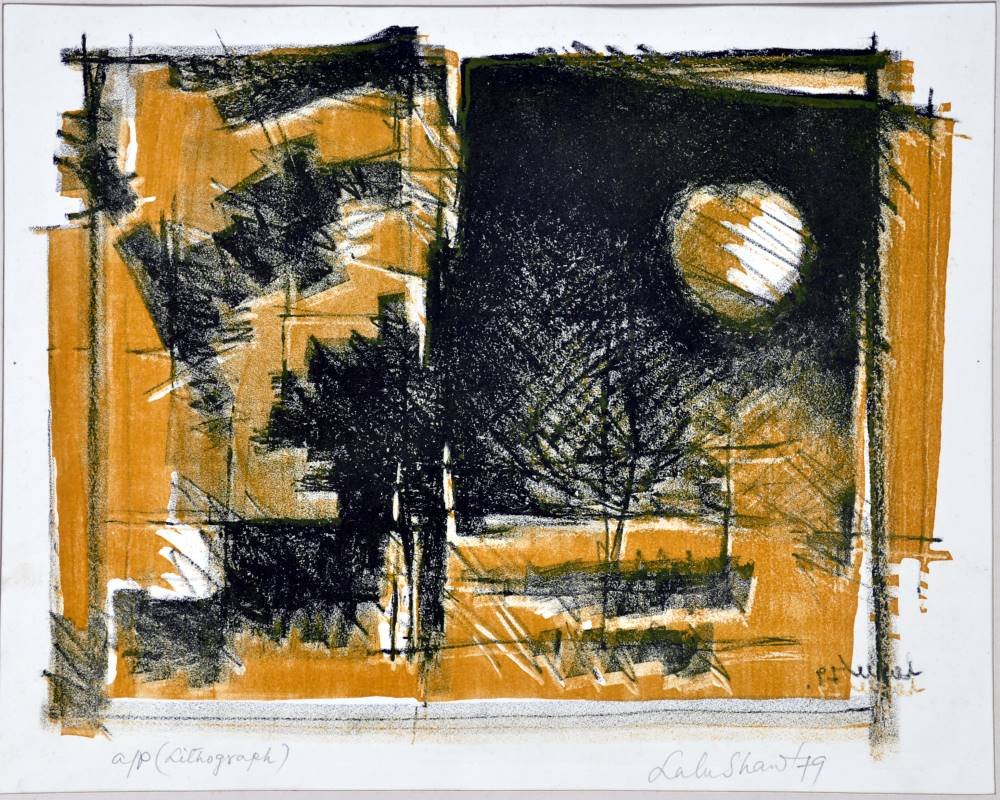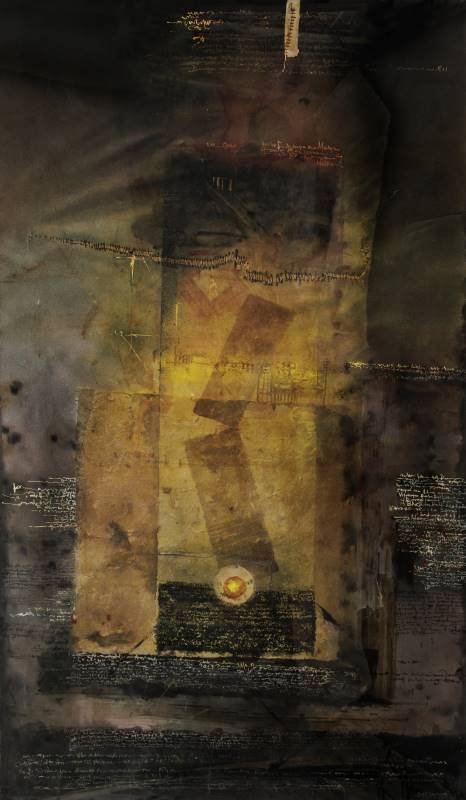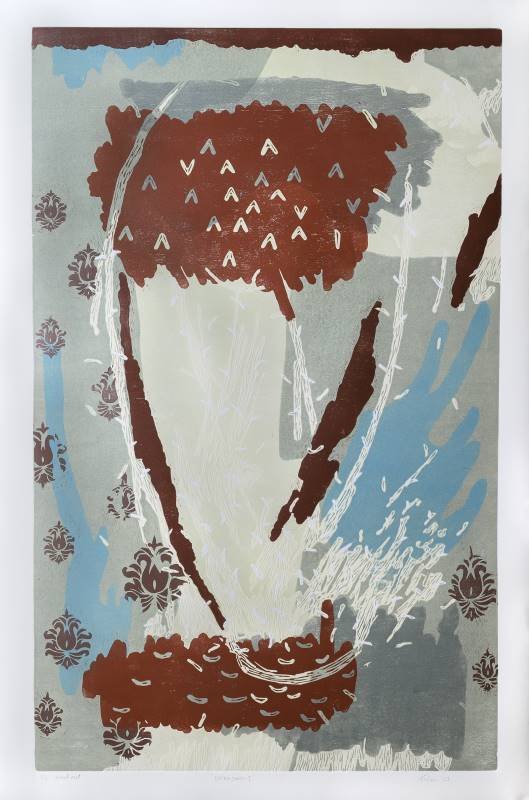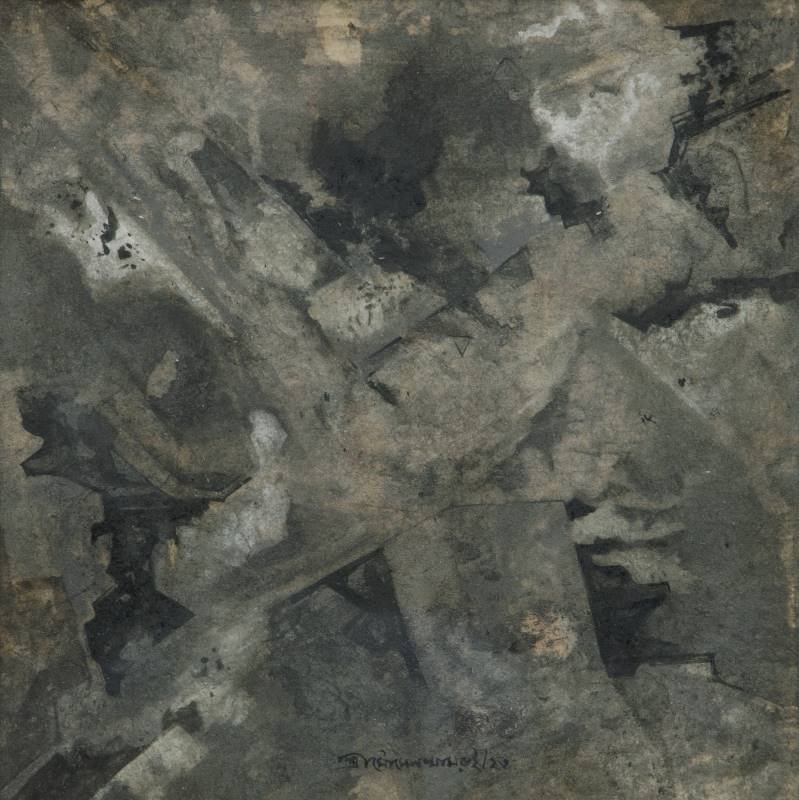
MURTA/AMURTA: Society of Contemporary Artist
September 16, 2023 - Noember 4, 2023
Art has often found itself tentatively poised on that delicate line of the horizon which refuses to discriminate between the tangible and the intangible, between the observed and the felt, between the seen and the sensed, between murta and amurta.
The legendary divide between the representational and the abstraction might have had an art historical significance in the context of Western modernism but could not make much foray into the ethos of Indian modernism. Abstraction and representational in Indian art made their presence felt, not as opposed to each other, but as inspite of each other. While representational images, in tradition as well as in modern, thrived on the abstract values of art, abstraction in modern Indian art is steeped in the palpable experiences and tangible memories artists are touched by.
The other way round, we are reminded of what distinguished art critic Donald Kuspit once wrote addressing the modern abstract art. He remarked, ‘In working our way through an abstract work of art we seem to be feeling our way in the labyrinth of a preconscious and unconscious world of feelings’. However, over emphasis on the ideas of purity and the kernel of truth as essential promises of abstract art witnessed a natural death thus leaving ample scope for the artists to delve into the complex visual world and the inescapable traces of the subconscious in the psychic realm. The perceived contention between the representational and the abstract, is therefore, rather a conceptual issue than a linguistic one. They share their boundaries the way the thin line of demarcation between the water and the coast on the seashore is in perpetual flux. The distinction, if any, is ephemeral.
This is where exactly the significance of MURTA/AMURTA lies.
Soumik Nandy Majumdar
Santiniketan
Aditya Basak | Birth of new city | Acrylic, ink, rubber block on canvas | 60 x 36 in
Aditya Basak | Birth of new city | Acrylic, ink, rubber block on canvas | 60 x 36 in
Atanu Bhattacharya | Untitled | Colour pigment on canvas | 42 x 36 in | 2023
Atanu Bhattacharya | Untitled | Colour pigment on canvas | 42 x 36 in | 2023
Atin Basak | In - Organ I | Acrylic on canvas | 48 x 36 inches | 2023
Atin Basak | In - Organ II | Acrylic on canvas | 48 x 36 inches | 2023
Bholanath Rudra | Untitled I | Watercolour on 300 gsm paper | 21.6 x 27.6 in | 2023
Bholanath Rudra | Untitled II | Watercolour on 300 gsm paper | 21.6 x 27.6 in | 2023
Bimal Kundu | Poison box | Leather and metal | 62.25 x 31 x 10.25 in | 2023
Bimal Kundu | Snake box | Fiber and board | 2022
David Malakar | Akashdeep | Ink and soft drawing pencil on hot pressed paper | 33 x 34.5 in | 2023
Ganesh Haloi | Untitled | Gouache on handmade paper laid on board | 30.25 x 40.75 in
Lalu Shaw | Lithograph AP | 12.75 x 16 in | 1979
Lalu Shaw | Untitled (ap) 28 by 40 | Etching | 10.5 x 9.5 in | 1985
Manu Parekh | Untitled | Acrylic on canvas | 36 x 30 in
Manu Parekh | Untitled | Acrylic on canvas | 36 x 30 in
Monoj Mitra | Untitled | Mixed media on canvas | 36 x 36 in
Monoj Mitra | Untitled | Mixed media on canvas | 42 x 36 in
Niranjan Pradhan | Untitled | Fiberglass | 26 x 15 x 8.5 in
Pankaj Panwar | Watchdog |Terracotta | 21.75 x 8.5 x 9.75 in
Pankaj Panwar | Wild Boar | Metal | 4.75 x 7.75 x 4 in
Pradip Maitra | Untitled | Watercolour on paper | 42 x 29 in | 2023
Pradip Maitra | Untitled | Watercolour on paper | 58.75 x 34.75 in | 2023
Rajen Mondal | Unknown I | 48 x 30 inches
Rajen Mondal | Unknown II | 48 x 30 inches
Soumen Khamrui | Untitled | Tempera on Nepali paper | 8.75 x 8.75 in
Soumen Khamrui | Untitled | Tempera on Nepali paper | 8.75 x 8.75 in
Soumen Khamrui | Untitled | Tempera on Nepali paper | 8.75 x 8.75 in
Soumen Khamrui | Untitled | Tempera on Nepali paper | 8.75 x 8.75 in
Soumen Khamrui | Untitled | Tempera on Nepali paper | 8.75 x 8.75 in
Soumen Khamrui | Untitled | Tempera on Nepali paper | 8.75 x 8.75 in
Soumen Khamrui | Untitled | Tempera on Nepali paper | 8.75 x 8.75 in
Soumen Khamrui | Untitled | Tempera on Nepali paper | 8.75 x 8.75 in
Soumen Khamrui | Untitled | Tempera on Nepali paper | 60.5 x 36 in
Srikanta Paul | AARSHI NAGAR | Woodcut, glass, leather, paper, canvas | 24 x 38 x 4.5 in






